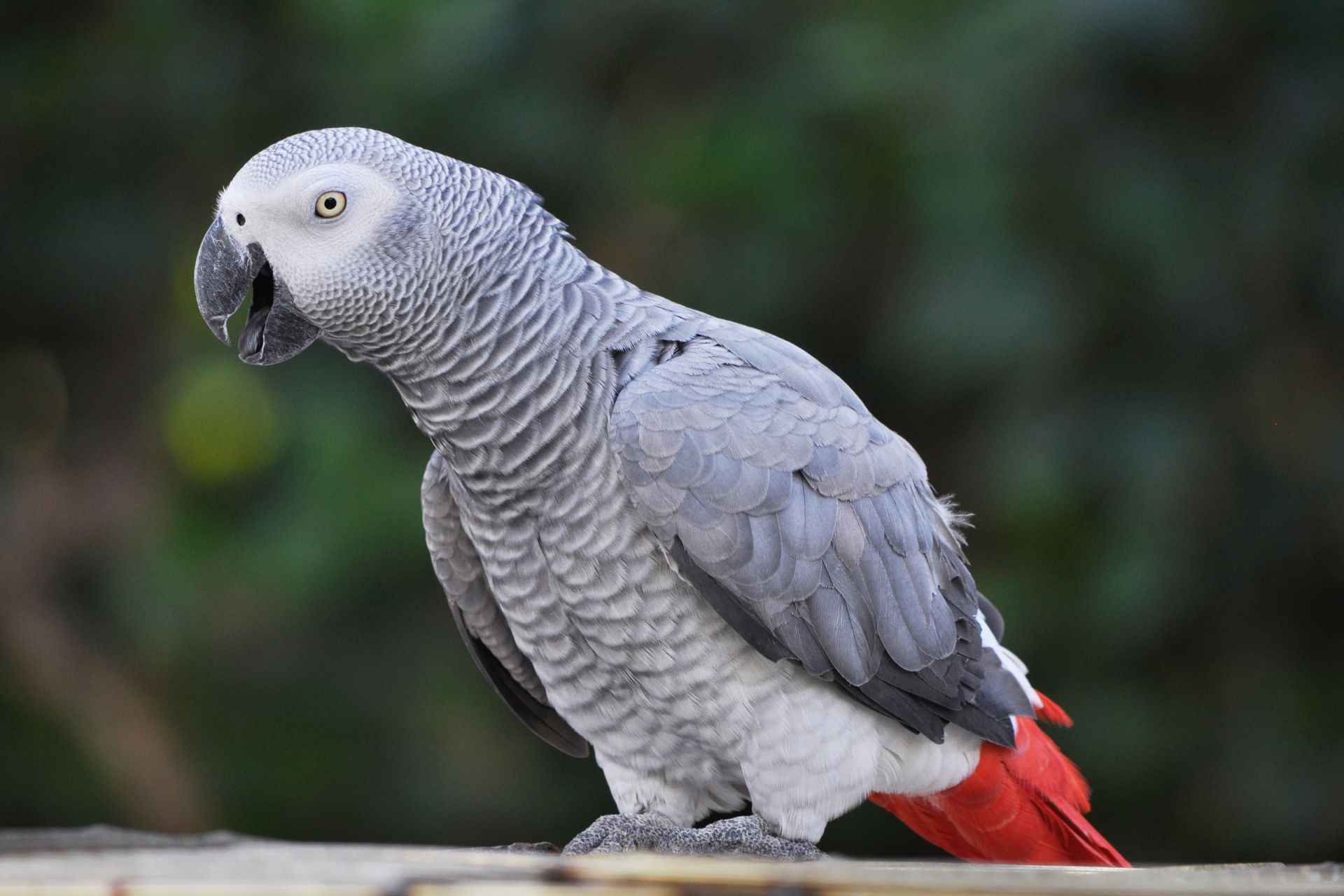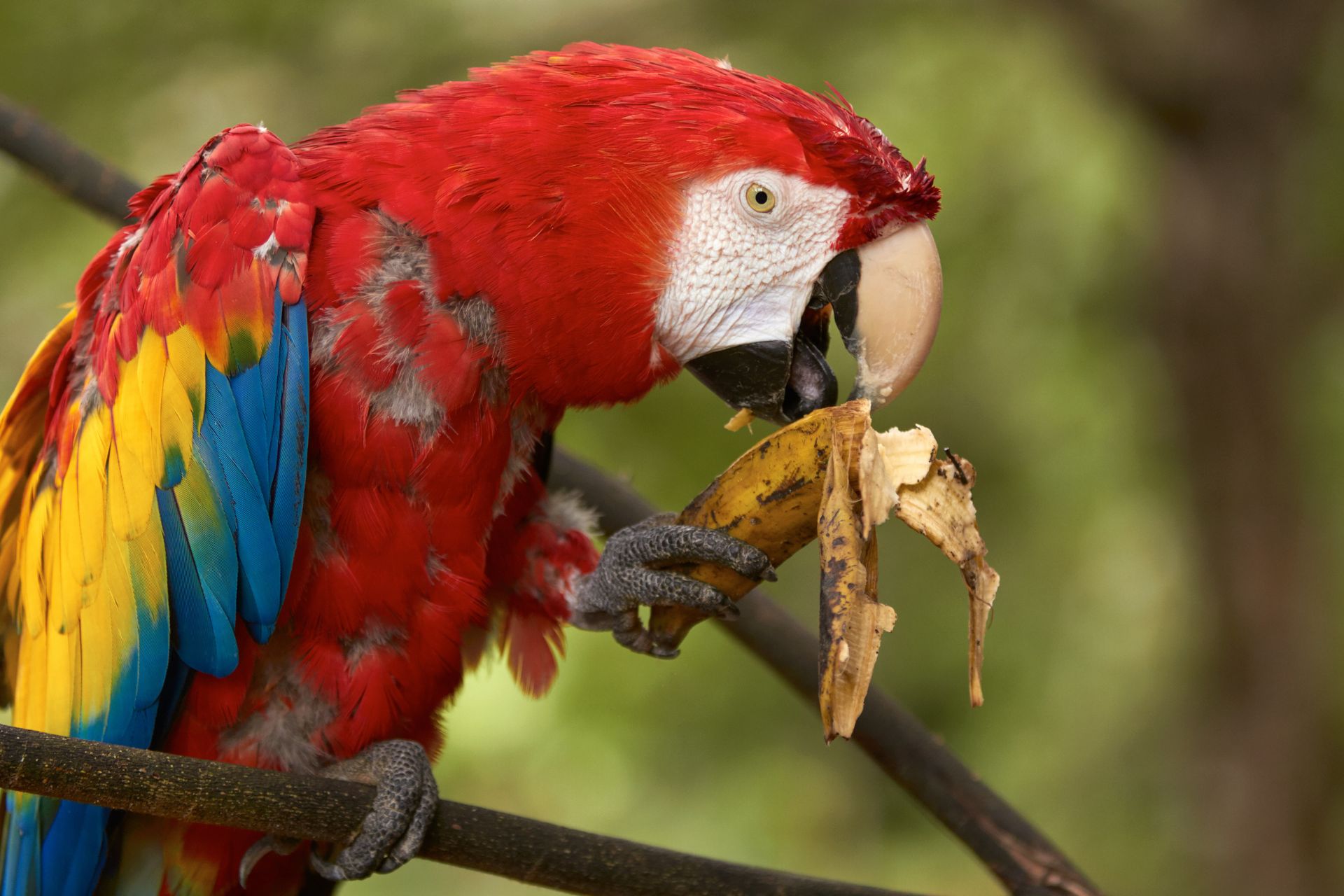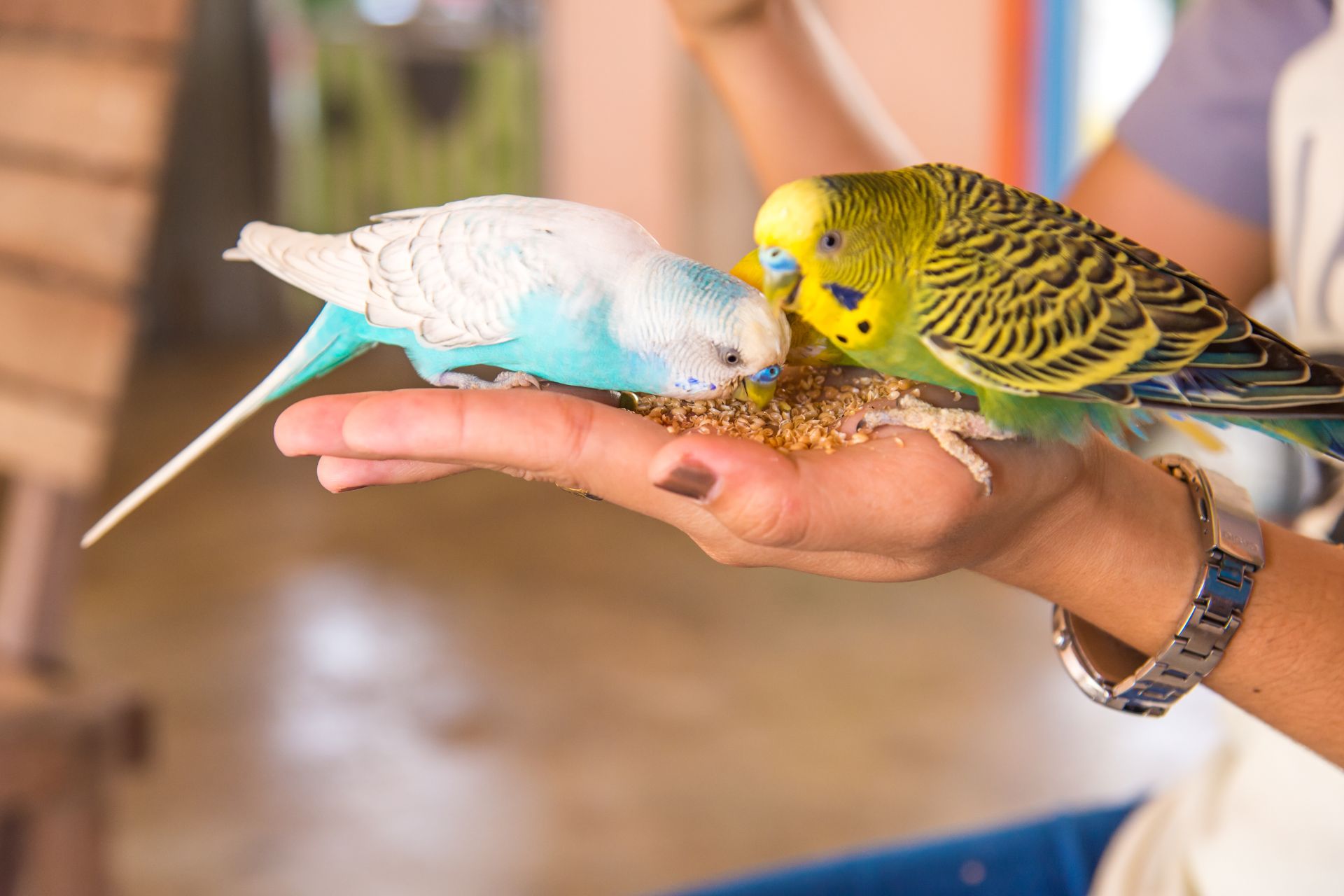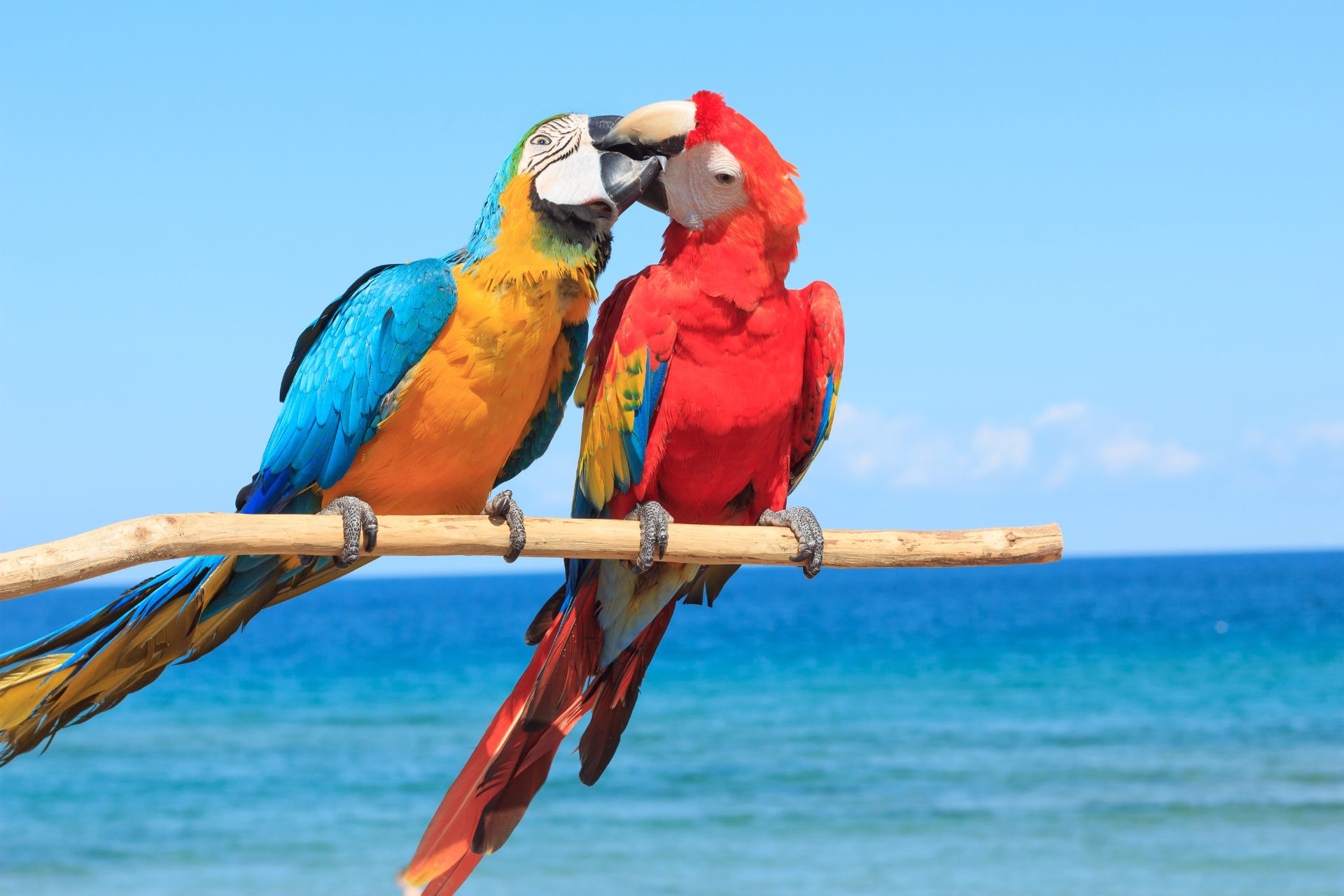Owning an African Grey parrot can be a rewarding and fulfilling experience. By providing proper care, attention, and a stimulating environment, you can ensure the health, happiness, and longevity of your parrot companion. Remember to consider their specific needs, including a balanced diet, mental stimulation, socialization, grooming, and regular veterinary care. Address any behavioral issues with patience, positive reinforcement, and professional guidance. With the right care and understanding, your African Grey parrot will thrive as a beloved member of your family.
Table of Contents
- Introduction
- Choosing an African Grey Parrot
- Housing and Cage Setup
- Diet and Nutrition
- Socialization and Training
- Mental Stimulation and Enrichment
- Grooming and Hygiene
- Health Care and Common Illnesses
- Handling Behavioral Issues
- Traveling with Your African Grey Parrot
- Interacting with Other Pets
- Conclusion
- FAQ Section
Introduction
African Grey parrots, scientifically known as Psittacus erithacus, are native to the rainforests of West and Central Africa. They are highly intelligent and known for their ability to mimic human speech with astonishing accuracy. African Grey parrots are sociable creatures that form strong bonds with their owners. They have a long lifespan, often living for 50 to 60 years in captivity. Due to their incredible characteristics and unique personalities, African Grey parrots make fantastic companions for those willing to provide them with proper care and attention.
African Grey parrots are known for their remarkable intelligence, striking appearance, and exceptional talking abilities. These captivating birds have become popular pets for bird enthusiasts worldwide. However, providing adequate care and creating a suitable environment for an African Grey parrot requires knowledge and understanding. In this comprehensive care guide, we will explore everything you need to know to ensure the well-being and happiness of your African Grey parrot.
Choosing an African Grey Parrot
Before bringing an African Grey parrot into your home, it’s important to make an informed decision regarding the species and age that best suits your lifestyle. There are two main species of African Grey parrots: the Congo African Grey and the Timneh African Grey. The Congo species is larger and more colorful, while the Timneh species is slightly smaller and known for its reddish tail. Consider your preferences and factors such as size, color, and temperament when choosing between the two.
Additionally, consider the age and temperament of the African Grey parrot you’re interested in. Younger parrots are generally easier to train and adapt to new environments, while older ones may require more patience and time for adjustment. Spend time interacting with the parrot before making a decision to gauge its personality and compatibility with your own.
Deciding whether to adopt or purchase from a breeder is another crucial consideration. Adoption provides a loving home for a parrot in need, while purchasing from a reputable breeder ensures a well-cared-for and healthy bird. Research local adoption agencies and breeders to make an informed choice that aligns with your values and preferences.
Housing and Cage Setup
Providing a suitable and comfortable living space is essential for the well-being of your African Grey parrot. The cage should be spacious enough to allow for movement and wing extension. Aim for a minimum size of 36 inches in width, depth, and height. Choose a cage made of sturdy materials, such as stainless steel, with horizontal bars for climbing and exploring.
Inside the cage, provide multiple perches of varying thicknesses to exercise your parrot’s feet. Natural wood perches are recommended as they help maintain foot health. Include toys that offer mental stimulation and encourage physical activity. Toys with different textures, colors, and interactive features, such as puzzles and foraging toys, are particularly beneficial.
Ensure the cage is placed in an area with adequate lighting and temperature control. African Grey parrots thrive in temperatures between 65 to 85 degrees Fahrenheit (18 to 29 degrees Celsius). Avoid exposing them to direct sunlight or drafts, as extreme temperatures can be detrimental to their health.
Diet and Nutrition
A well-balanced diet is crucial for the overall health and longevity of your African Grey parrot. The foundation of their diet should consist of high-quality pellets specifically formulated for parrots. These pellets provide essential nutrients and prevent selective eating.
Supplement the pellet diet with a variety of fresh fruits and vegetables. Offer a range of colors and textures, such as carrots, spinach, apples, and berries, to ensure a diverse nutritional intake. Avoid feeding your parrot foods that are toxic to birds, including avocado, chocolate, caffeine, alcohol, and salty or sugary snacks.
Water is equally important for your parrot’s well-being. Ensure fresh, clean water is available at all times. Change the water daily to prevent bacterial growth. Additionally, consider providing a shallow dish for your parrot to bathe in, as African Grey parrots enjoy occasional water play and grooming.
Socialization and Training
African Grey parrots are highly social creatures that thrive on companionship and interaction. Bonding with your parrot is crucial to establish trust and develop a strong relationship. Spend quality time with your parrot every day, engaging in activities such as talking, playing, and gentle petting.
Positive reinforcement training techniques are effective in teaching your African Grey parrot desired behaviors and tricks. Use rewards, such as treats or verbal praise, to reinforce good behavior. Be patient and consistent during training sessions, and avoid punishment or negative reinforcement, as it can lead to fear or aggression.
Teach your parrot basic commands, such as “step up” and “step down,” as well as entertaining tricks like retrieving objects or imitating sounds. Training not only stimulates their intelligence but also strengthens the bond between you and your parrot.
Mental Stimulation and Enrichment
African Grey parrots have highly active minds and require mental stimulation to prevent boredom and behavioral issues. Provide a variety of toys that promote exploration, problem-solving, and foraging. Rotate toys regularly to keep your parrot engaged and prevent monotony.
Puzzle toys, treat-dispensing toys, and interactive toys with hidden compartments can keep your African Grey parrot mentally stimulated and entertained. These toys simulate natural foraging behaviors and provide a challenge that engages their intelligence.
Incorporate regular training sessions and interactive playtime into your daily routine. Teach your parrot new tricks or introduce games that require problem-solving. Engage their curiosity by introducing new toys or rotating their existing ones. You can also offer puzzle feeders that require them to work for their food, stimulating their natural instincts.
Additionally, provide opportunities for your African Grey parrot to explore outside of its cage in a safe and supervised environment. Set up bird-safe perches and play areas where your parrot can stretch its wings and interact with you. This outside-the-cage time promotes physical exercise and socialization.
Grooming and Hygiene
Maintaining proper grooming and hygiene practices is crucial for the health and well-being of your African Grey parrot. Regular grooming routines include wing clipping, nail trimming, and beak maintenance.
Wing clipping is a personal choice that depends on your living situation and the safety of your parrot. Trimming the flight feathers can prevent accidents and ensure your parrot’s safety within your home. Consult with an avian veterinarian or an experienced bird groomer to learn the proper technique for wing clipping.
Nail trimming should be done regularly to prevent overgrowth and discomfort. Use specialized bird nail clippers or seek professional assistance to trim your parrot’s nails safely. Be cautious not to cut into the quick, which can cause bleeding.
African Grey parrots also require beak maintenance. Provide appropriate chew toys made of bird-safe materials to keep their beak naturally worn down. If necessary, consult with an avian veterinarian to address any beak abnormalities or overgrowth.
Bathing is an essential aspect of your parrot’s hygiene routine. African Grey parrots enjoy bathing, either through a shallow dish of water or misting with a spray bottle. Pay attention to your parrot’s preferences and ensure the water is at room temperature. Regular bathing helps keep their feathers clean and healthy.
Health Care and Common Illnesses
Regular veterinary check-ups are crucial to ensure your African Grey parrot’s health and well-being. Find an avian veterinarian experienced with parrots who can provide comprehensive examinations and vaccinations. Annual check-ups allow for early detection of potential health issues and ensure preventive care measures are in place.
African Grey parrots are susceptible to certain health conditions, including respiratory infections, psittacine beak and feather disease (PBFD), and vitamin A deficiency. Watch for signs of illness, such as changes in appetite, breathing difficulties, feather plucking, or unusual droppings. Consult with your avian veterinarian if you notice any concerning symptoms.
Maintaining a clean living environment is essential in preventing the spread of diseases. Clean the cage regularly, removing any soiled bedding or food debris. Disinfect perches and toys to minimize the risk of bacterial or fungal infections.
Handling Behavioral Issues
Behavioral issues can arise in African Grey parrots, but with patience, understanding, and positive reinforcement, these challenges can be addressed effectively. Feather plucking and self-mutilation are common behavioral problems that may arise due to stress, boredom, or medical issues. Identify the underlying cause and provide appropriate mental stimulation, environmental enrichment, and veterinary care to address these issues.
Excessive screaming and vocalization can be managed through training and redirection. Understand that vocalization is a natural behavior for parrots, but excessive noise can be disruptive. Positive reinforcement training can help teach your parrot alternative behaviors and reduce excessive vocalization.
Addressing aggression and biting requires patience and consistency. Identify the triggers for aggressive behavior and modify the environment to reduce stressors. Seek guidance from an avian behaviorist or a knowledgeable parrot trainer who can provide guidance on positive reinforcement techniques and behavior modification strategies.
Remember, each African Grey parrot is unique, and it may take time to understand and address their specific behavioral issues. Approach these challenges with empathy, consistency, and a willingness to adapt your approach based on your parrot’s individual needs.
Traveling with Your African Grey Parrot
If you plan to travel with your African Grey parrot, proper preparation is essential to ensure their safety and comfort. Whether it’s a short car ride or a longer journey, consider the following tips:
- Acclimate your parrot to travel by gradually introducing them to short trips in a carrier or travel cage.
- Ensure the carrier or travel cage is secure, well-ventilated, and spacious enough for your parrot to move comfortably.
- Familiarize your parrot with the carrier by placing treats and toys inside, creating a positive association.
- Maintain a consistent temperature and avoid exposing your parrot to extreme temperatures during travel.
- Provide your parrot with familiar items, such as their favorite toys or a piece of cloth with your scent, to provide comfort and familiarity during the journey.
- If traveling by car, secure the carrier with seat belts or use a specialized pet travel harness to prevent accidents or injuries.
- Avoid leaving your parrot unattended in a parked car, as temperature fluctuations can be dangerous.
- Maintain your parrot’s regular feeding and watering schedule during travel, ensuring they stay hydrated and nourished.
- Take breaks during long trips to allow your parrot to stretch its wings and provide opportunities for social interaction.
- Consult with your avian veterinarian prior to travel for any additional recommendations or specific health considerations.
Interacting with Other Pets
Introducing your African Grey parrot to other pets in your household requires careful supervision and gradual acclimation. Follow these guidelines to ensure a harmonious coexistence:
- Introduce your parrot to other pets in a controlled environment, such as a neutral room, with each animal securely supervised.
- Monitor their initial interactions closely and observe their body language. Look for signs of stress or aggression in any of the animals.
- Gradually increase the duration of supervised interactions over time, allowing them to become familiar with each other’s presence.
- Never leave your parrot unattended with other pets until you are confident in their interactions and compatibility.
- Create separate spaces within your home to ensure each pet has its own territory and safe area.
- Provide plenty of positive reinforcement and rewards for calm and appropriate interactions between your parrot and other pets.
- Keep in mind that not all pets may be suitable companions for an African Grey parrot. Assess the individual temperaments and behaviors of both your parrot and other pets before attempting full integration.
Remember, the safety and well-being of all pets involved should always be the priority. Consult with a professional animal behaviorist or trainer if you encounter difficulties during the introduction process.
Conclusion
Remember, owning an African Grey parrot requires a long-term commitment and responsibility. Always prioritize the well-being and happiness of your parrot by providing a stimulating and loving environment. Regular veterinary care, proper nutrition, and ample social interaction will contribute to a fulfilling and joyful companionship with your African Grey parrot.
FAQ Section
1. How long do African Grey parrots live? African Grey parrots have a long lifespan, often living for 50 to 60 years in captivity.
2. Can African Grey parrots talk? Yes, African Grey parrots are known for their exceptional talking ability. They have the cognitive ability to mimic and learn words and phrases. With proper training and socialization, African Grey parrots can develop an extensive vocabulary and communicate with their human companions.
3. How much social interaction do African Grey parrots need? African Grey parrots are highly social birds and require regular interaction and companionship. They thrive on attention from their human caregivers and enjoy being part of the family. Spending a few hours each day interacting with your parrot through talking, playing, and training is recommended to keep them mentally stimulated and emotionally fulfilled.
4. Are African Grey parrots good pets for beginners? African Grey parrots are known for their intelligence and complex needs, which may make them more suitable for experienced bird owners. Their high level of cognitive stimulation and social interaction requirements may be challenging for beginners. However, with proper research, dedication, and commitment to meeting their needs, beginners can also provide a loving and enriching environment for an African Grey parrot.
5. Can African Grey parrots be potty trained? While African Grey parrots can be trained to some extent, potty training is not a common practice. However, you can minimize messes by providing a designated area or perch outside of the cage where your parrot can relieve itself. Consistency and positive reinforcement may help in establishing a routine, but accidents may still occur.
6. How can I prevent my African Grey parrot from feather plucking? Feather plucking is a complex issue that can have various underlying causes, including stress, boredom, medical conditions, or environmental factors. To prevent feather plucking, ensure your parrot’s environment is enriched with toys, social interaction, and mental stimulation. Identifying and addressing any potential stressors or health concerns with the help of an avian veterinarian or a bird behaviorist is crucial in managing feather plucking behaviors.












Join the discussion 3 Comments